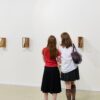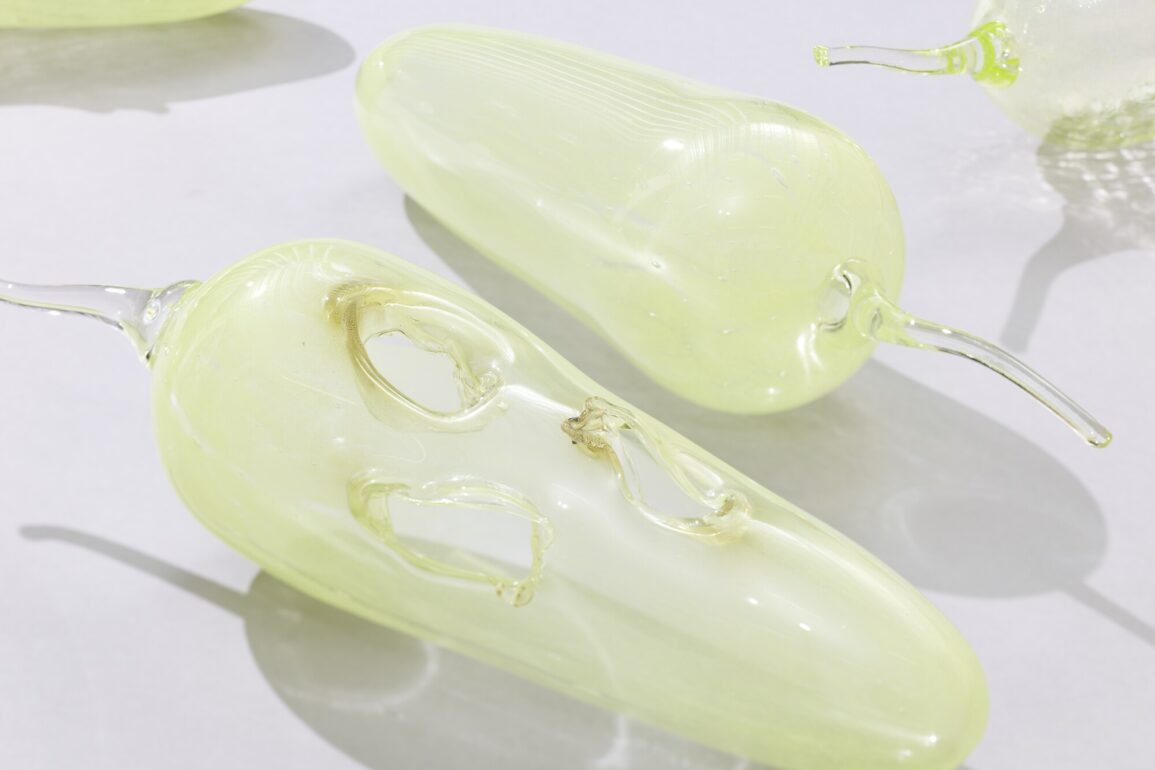
Art by First Nations artists from Australia is being given more importance and exposure than before as part of the recent international trend in contemporary art to reconsider works created in deeply rooted regional contexts. At the 60th Venice Biennale, in 2024, the Australian Pavilion presented a solo exhibition by an Aboriginal artist and was awarded the Golden Lion for Best National Participation, an achievement that indicates the height of global evaluation and interest. Moreover, within the Australian contemporary art world, many women artists with First Nations backgrounds are becoming renowned and have established international acclaim. In 2006, we held Prism: Contemporary Australian Art and have been continuing to collect in that field ever since.
Echoes Unveiled: Art by First Nations Women from Australia is the first group exhibition in Japan to focus on First Nations women artists from Australia. The groups of works on display are by seven individual artists and one collective, and include four artists with works in the Ishibashi Foundation Collection. It explores the enduring presence of traditional culture in Aboriginal art and examines how these artists practice decolonization in today’s Australian society, and how this process intersects with creativity, shaping the complex and multifaceted expression in contemporary First Nations Australian art.
Artists
Maree Clarke, Mirdidingkingathi Juwarnda Sally, Julie Gough, Emily Kame Kngwarreye, Noŋgirrŋa Marawili (Nonggirnga Marawili), Yhonnie Scarce, Tjanpi Desert Weavers, Judy Watson
Highlights
Japan’s first exhibition of art by First Nations women from Australia
Many First Nations women artists have become leaders in today’s Australian art scene and also an increasingly powerful presence in contemporary art worldwide. However, in the 1970s and 1980s, when contemporary Aboriginal art was emerging, the focus was on male artists, leaving women artists largely unrecognized. How did these women overturn this situation and come to steer the direction of Aboriginal art and Australian contemporary art? This exhibition, the first of its kind in Japan, focuses on First Nations women artists and explores today’s Australian contemporary art through the works of seven individual artists and one collective, whose backgrounds span multiple generations and regions.
Aboriginal art now
A distinctive feature of contemporary Aboriginal Art is the variety of techniques, themes, and materials being employed. Women artists have made important contributions to the creative breadth and richness it displays. Examples include mediums such as batik, jewelry, and weaving, as well as subjects exploring outside traditional Aboriginal mythology (The Dreaming). Formerly not regarded as works of art, these women’s creations have now been elevated to the status of art. Furthermore, the artists featured in this exhibition address a wide variety of topics including social and environmental issues, colonial history, and the reclamation of lost cultures. Through their work, these women artists are actively engaging with and contributing to the discourse of decolonization in Australia. By thoughtfully displaying the breadth of their creative work, this exhibition highlights the vibrancy of today’s First Nations art in Australia.
Introducing artists from across Australia
The diversity of First Nations art reflects the sheer size of Australia itself. One key to understanding the works created by these artists is, therefore, to appreciate their locality, their association with different parts of this vast nation. This exhibition includes works by artists from remote communities, including Emily Kame Kngwarreye, Mirdidigkingathi Juwarnda, Sally Gabori, Noŋgirrŋa Marawili (Nonggirnga Marawili), and the collective known as Tjanpi Desert Weavers. In contemporary Australian society, where 80 percent of the First Nations population live in urban areas, artists who are from or work in cities must not be overlooked. Here we include works by Maree Clarke, Julie Gough, Yhonnie Scarce, and Judy Watson.
This post was originally published on this site be sure to check out more of their content








